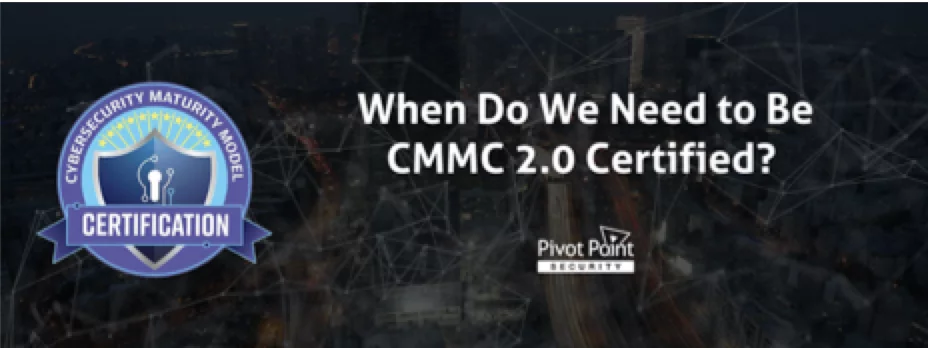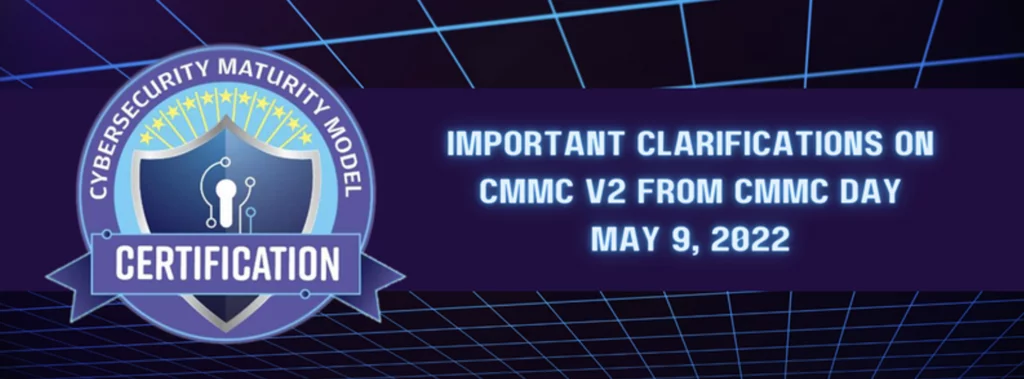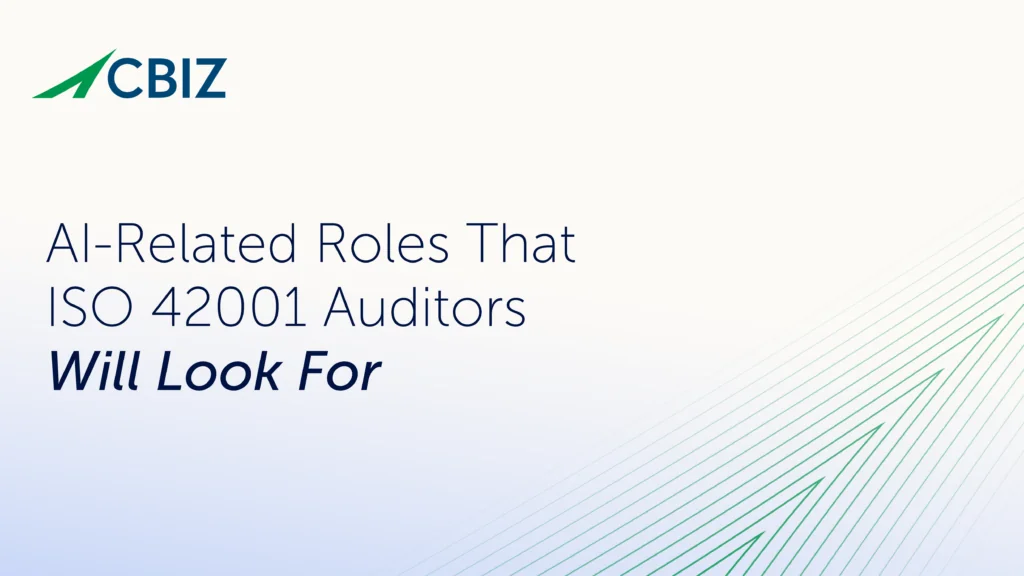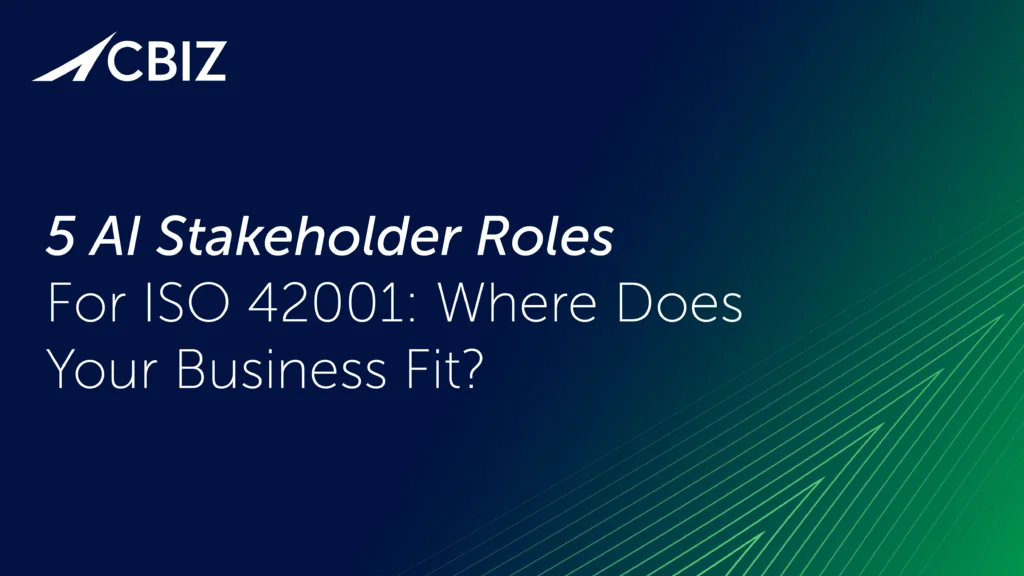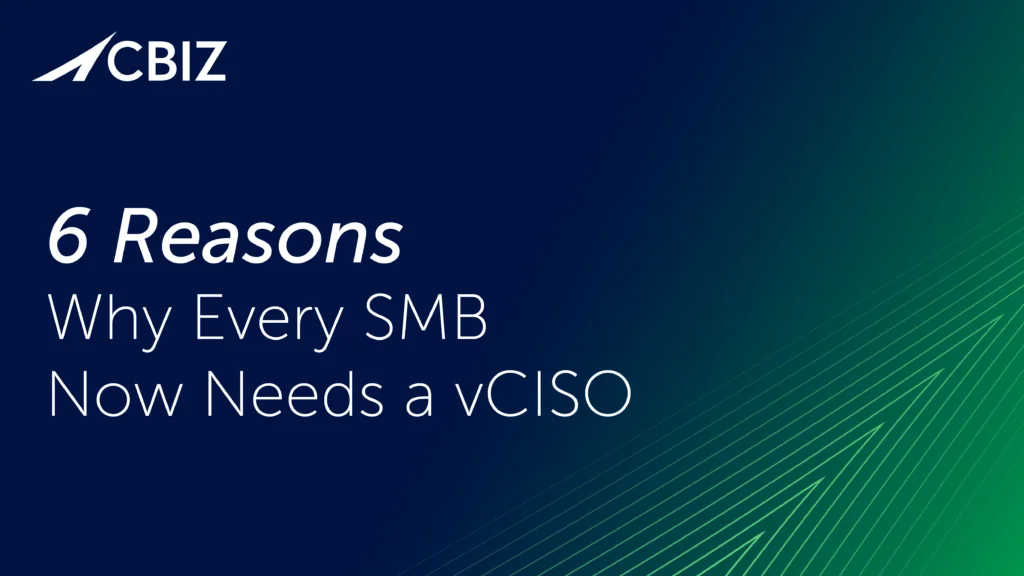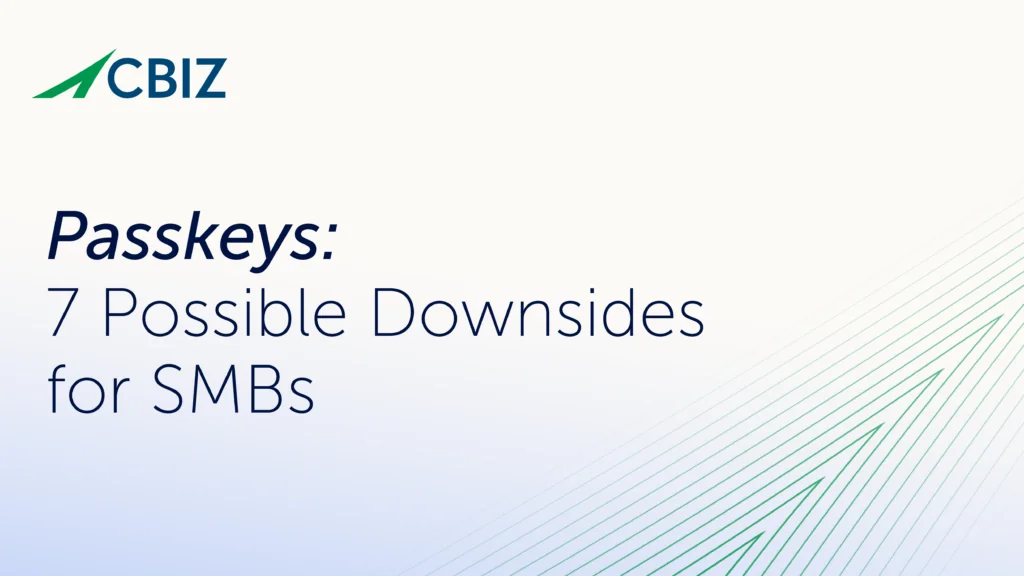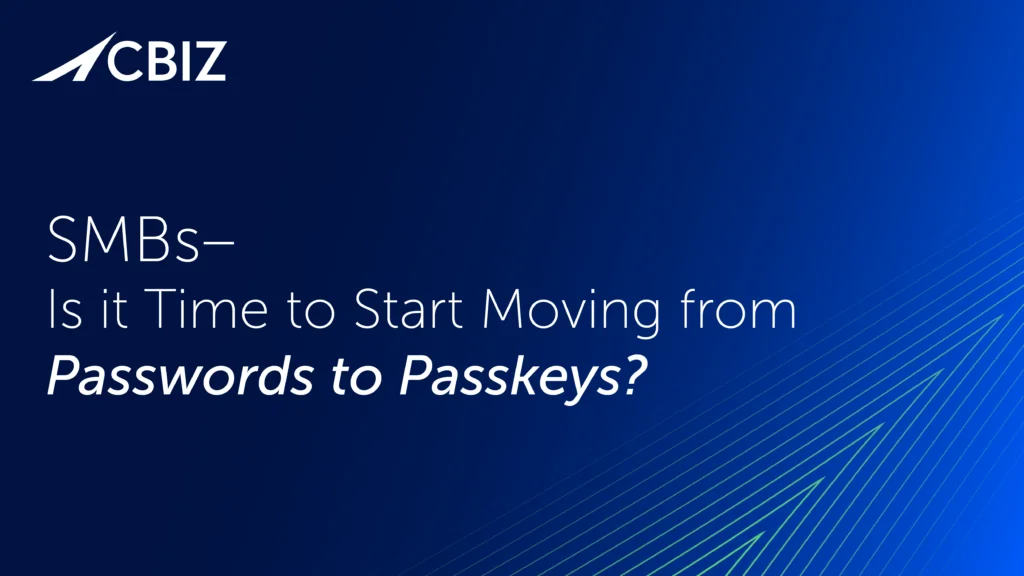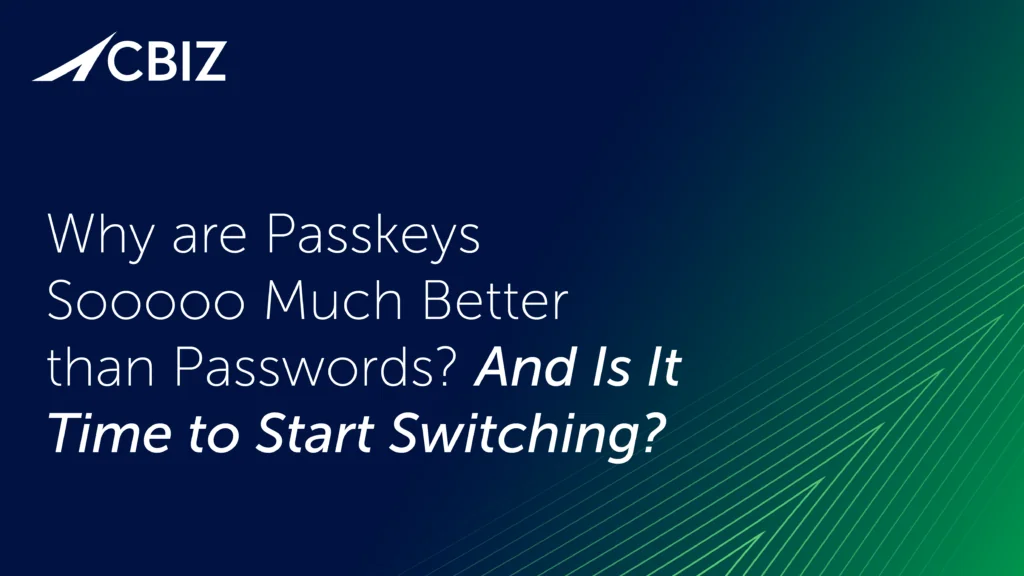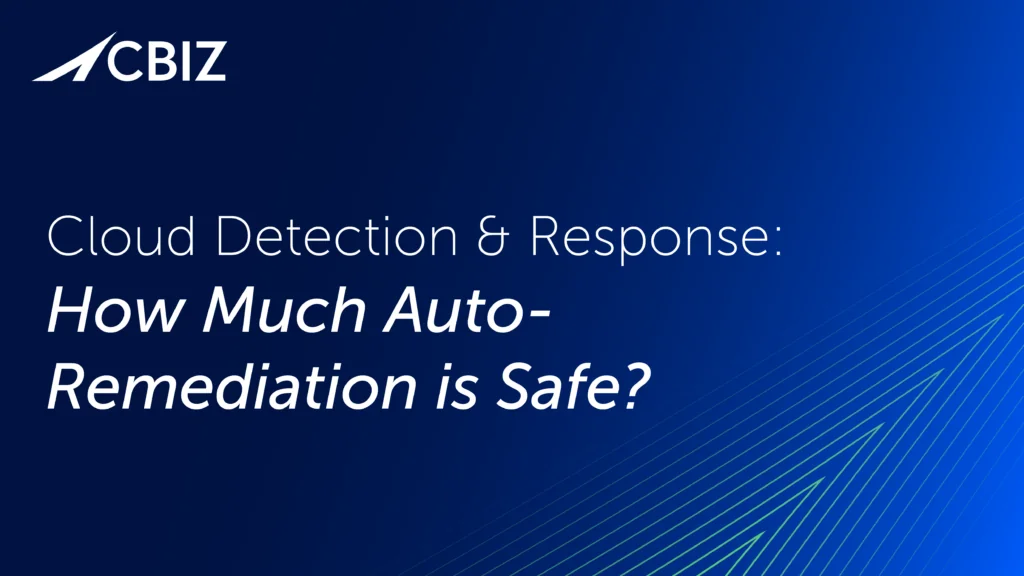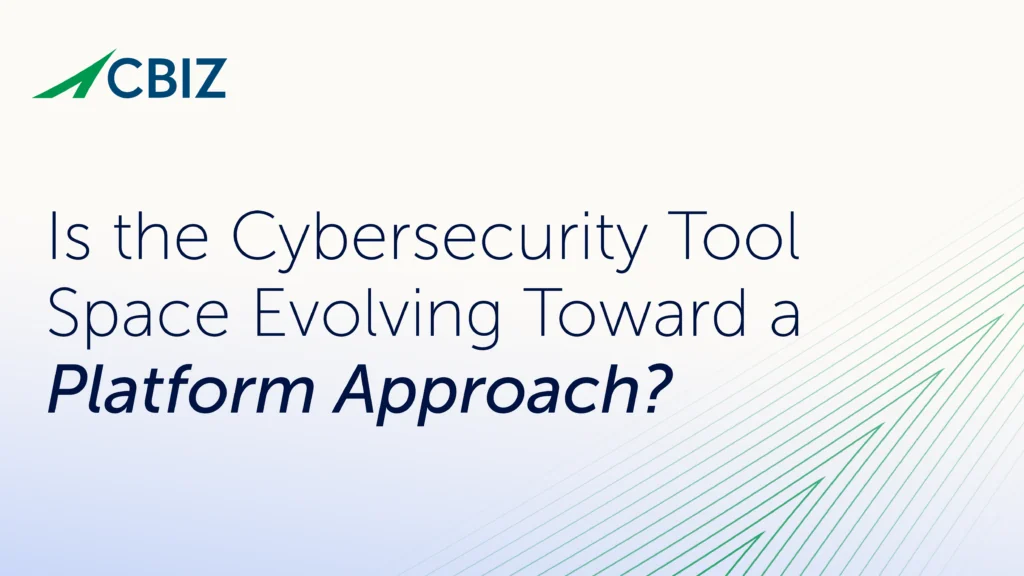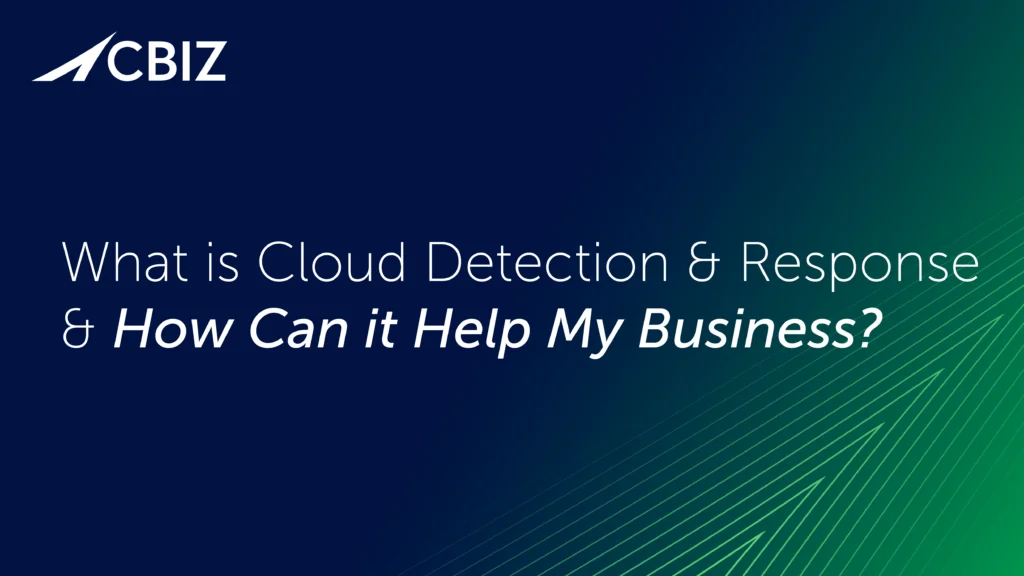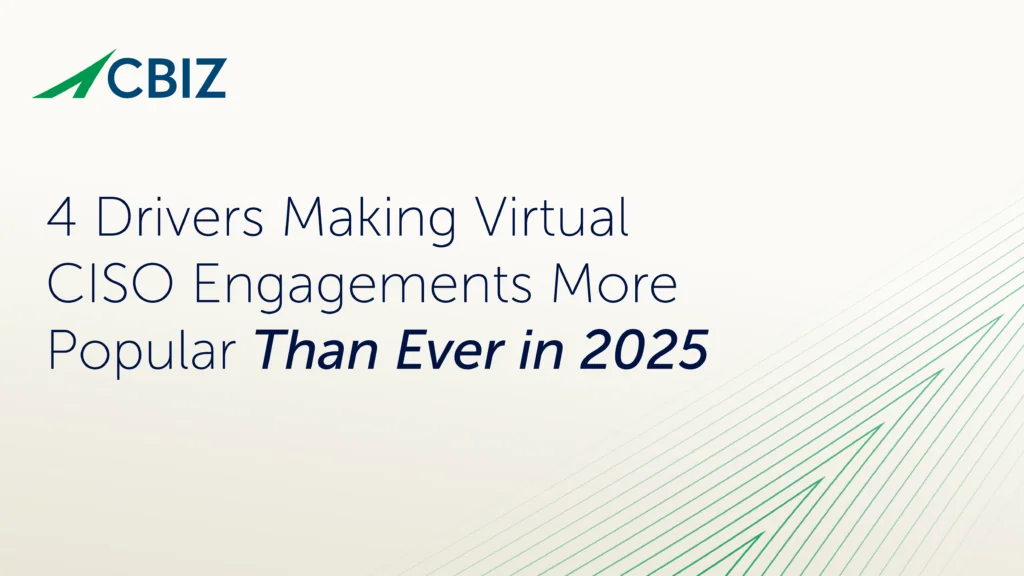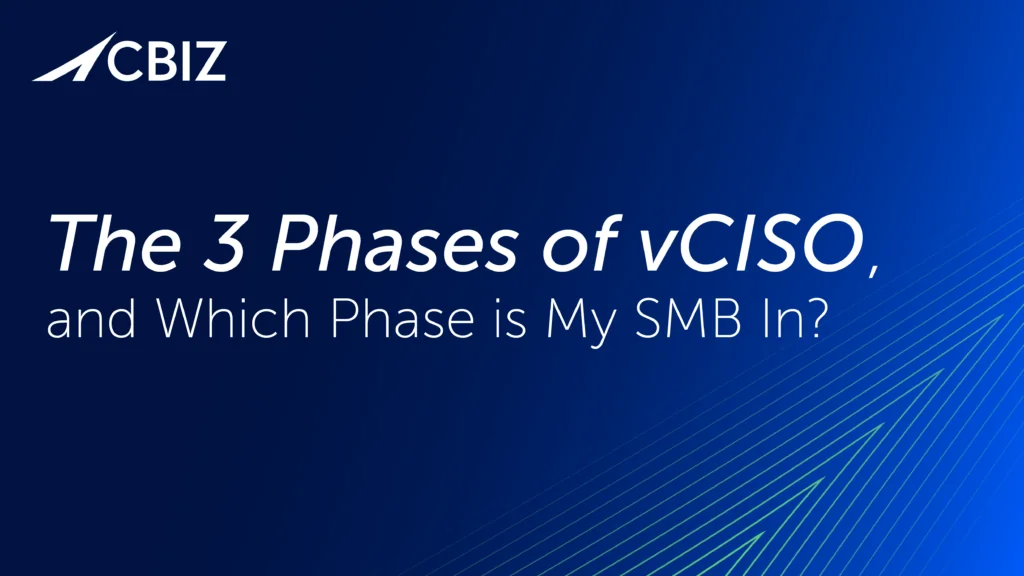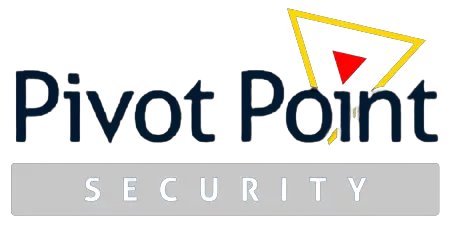Last Updated on August 8, 2024
A top reason why ISO 27001 implementations falter or fail is lack of leadership commitment. Senior management engagement is needed to align cybersecurity goals with business strategy, uphold accountability for cybersecurity effectiveness, allocate resources to the ISO 27001 program, and much more.
This article covers the ISO 27001 compliance requirements and responsibilities that ensure leadership’s commitment to the company’s ISO 27001 information security management system (ISMS). It also offers tips to help management see the value in driving ISO compliance.
What is ISO 27001 compliance versus certification?
As is true for any standard, framework, or regulation, compliance with ISO 27001 means that your program or system under management is aligned with, adheres to, and verifiably meets all the standard’s requirements. Organizations can validate ISO 27001 compliance with an internal self-report or third-party attestation.
ISO 27001 compliance is a perquisite for ISO 27001 certification—the process of undergoing a rigorous third-party audit and receiving a certificate that validates full ISMS compliance. Achieving ISO 27001 certification—the international “gold standard” to demonstrate a strong commitment to cybersecurity—greatly enhances stakeholder trust and the associated business value of 27001 compliance.
Why is top management essential to both ISO 27001 compliance and robust cybersecurity?
Only a company’s top management has the authority and influence to drive a business-critical, company-wide initiative like a cybersecurity program and strategy based on ISO 27001.
Likewise, while all employees contribute to cybersecurity, only leadership can ensure the ISO 27001 ISMS is aligned with corporate governance and policy. Top-down support and direction is essential for ISO 27001 implementation, corrective action, continuous improvement, and development of a “security culture.”
ISO 27001 defines essential cybersecurity responsibilities for senior leaders. These include:
- Determining and communicating ISMS objectives
- Assigning or ensuring the assignment of ISO 27001 responsibilities (e.g., by delegating to a Chief Information Security Officer (CISO) or virtual CISO)
- Supporting cybersecurity awareness training and role-specific training
- Collaboratively validating that ISMS implementation and controls meet stakeholder requirements
- Overseeing the continuous improvement and evolution of the cybersecurity program—not only for triennial ISO 27001 recertification but also to keep pace with internal and external change
Perhaps most importantly, C-level support is mandatory for compliance with ISO 27001 requirements. These requirements are mainly defined in its Clause 5.1—Leadership and Commitment.
If your business cannot show evidence (e.g., notes) that a leadership representative is meaningfully participating in cybersecurity management reviews and ISMS decision-making, and is prepared to support the certification audit, you could fail. Conversely, having the right people demonstrably involved in the ISMS increases auditor and stakeholder confidence.
What is ISO 27001 Clause 5.1?
ISO 27001’s Clause 5.1—Leadership and Commitment defines specific ISMS areas where senior management leadership and commitment are required for compliance. This clause emphasizes that your ISMS must be led from the C-suite.
Why does the ISO 27001 standard place so much emphasis on “tone from the top”? Because without it your cybersecurity program is doomed.
The eight leadership and commitment subclauses that make up Clause 5.1 are:
- Ensuring the information security policy and the information security objectives are established and are compatible and are compatible with the strategic direction of the organization.
- Ensuring the integration of the ISMS requirements into the organization’s processes.
- Ensuring that the resources needed for the ISMS are available.
- Communicating the importance of effective information security management and of conforming to the ISMS requirements.
- Ensuring that the information security management system achieves its intended outcomes.
- Directing and supporting persons to contribute to the effectiveness of the ISMS.
- Promoting continual improvement.
- Supporting other relevant management roles to demonstrate their leadership as it applies to their areas of responsibility.
Communicating ISO 27001 ROI to senior leaders
Leadership and commitment cannot be delegated or superficial; they must be real. Leadership will not get behind ISO 27001 unless they understand why the program adds business value, supports business growth, and reduces business risk. ISO 27001 champions must connect those dots for them.
Some key points to address include:
- How ISO 27001 compliance can radically improve cybersecurity by making it more holistic, resilient, and adaptable.
- The benefits of “provable security and compliance” through ISO 27001 certification to help acquire new customers, close deals, impress investors, enhance brand reputation—and ultimately grow the business.
- How ISO 27001 certification can give your business a competitive advantage.
- The advantages of 27001 compliance as a universally recognized global standard.
As an ISO 27001 champion, you may have a wide range of facts and observations about the value of ISO 27001 from your perspective. But what matters is management’s perspective. People are motivated do things for their own reasons, not someone else’s.
A recommended approach to frame the conversation is to ask questions like: What are their top concerns? What are their reasons for benefitting from ISO 27001? What are the consequences for them if the ISO certification effort stumbles or flops?
For example, a CFO’s primary concern is probably, “How does ISO 27001 help me find new customers and/or build loyalty with existing customers?” A COO’s top question might be, “What are the risks and potential consequences of not having ISO 27001?”
At the end of the day, both technical and business leaders seek to effectively manage risk. Therefore, security leaders need to be as specific as possible with CFO and COO roles about the anticipated return on investment (ROI) from ISO 27001 investments.
Cybersecurity ROI can be notoriously hard to quantify. Where you don’t have hard numbers, try matching the data you do have against open questions to the CxO, such as:
- What level of risk are you comfortable with regarding a data breach?
- If a breach occurs, how do you see the magnitude and impact of the consequences?
- Do you see us losing customers or prospects because we don’t have a competitive cybersecurity story?
What’s next?
If your company would benefit from a trusted partner to ensure your success and maximize the benefits of ISO 27001 compliance and certification, contact CBIZ Pivot Point Security.







